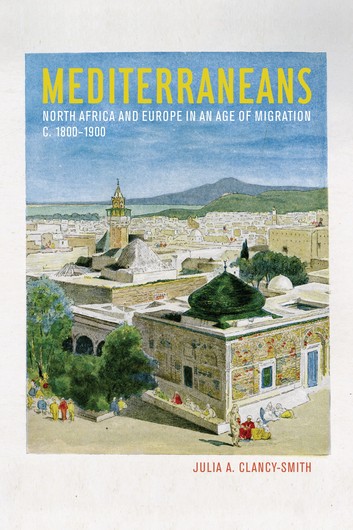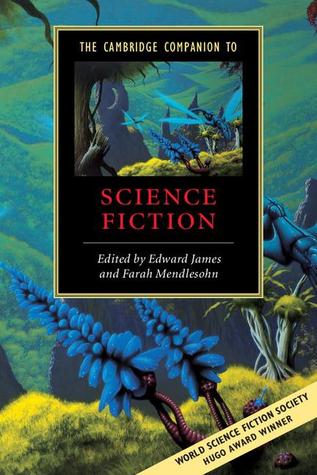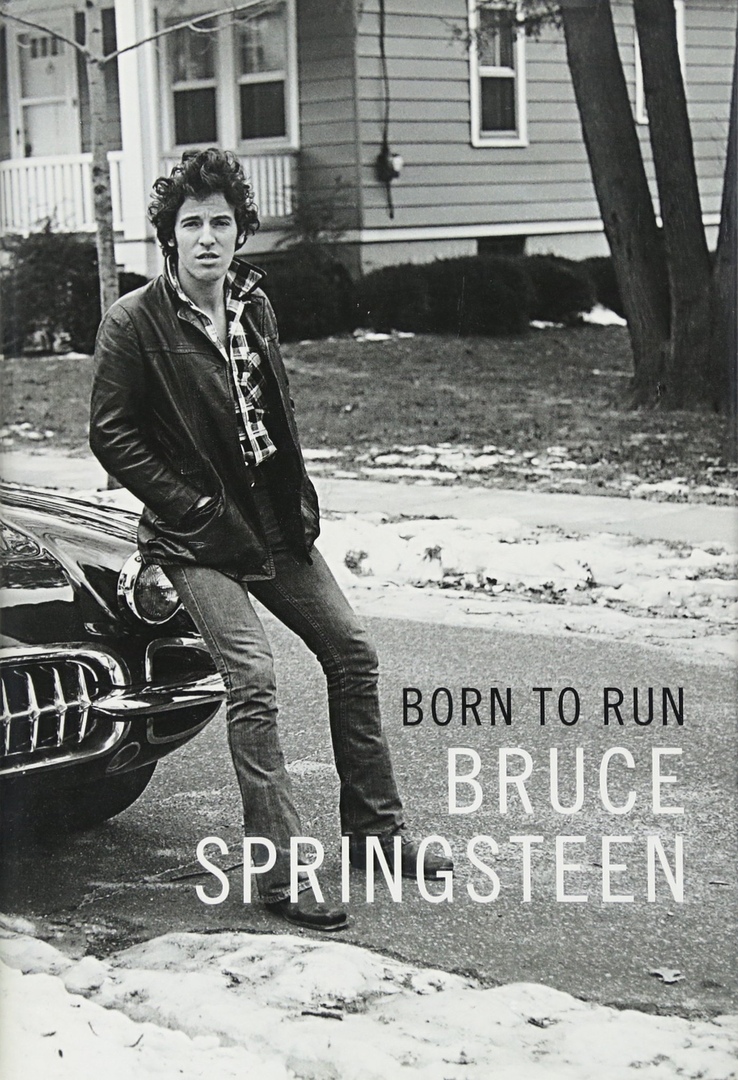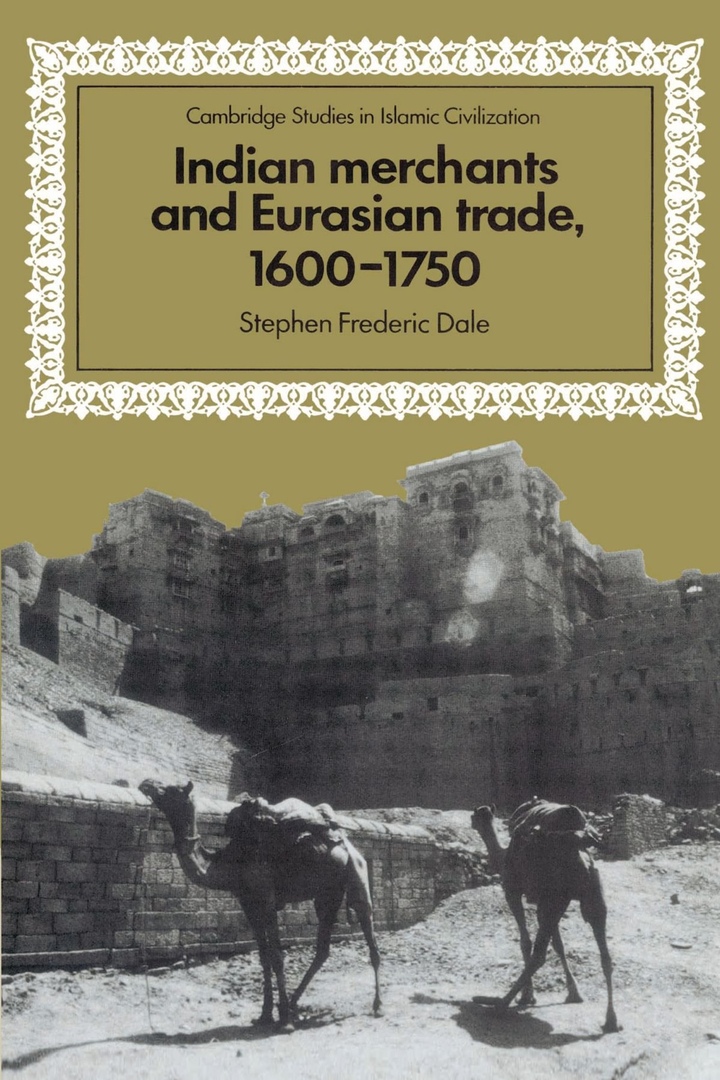Mediterraneans: North Africa and Europe in
1) Mediterraneans: North Africa and Europe in an Age of Migration, c. 1800–1900 – Julia A. Clancy-Smith
University of California Press | 2010 | EPUB
Today labor migrants mostly move south to north across the Mediterranean. Yet in the nineteenth century thousands of Europeans and others moved south to North Africa, Egypt, and the Levant. This study of a dynamic borderland, the Tunis region, offers the fullest picture to date of the Mediterranean before, and during, French colonialism. In a vibrant examination of people in motion, Julia A. Clancy-Smith tells the story of countless migrants, travelers, and adventurers who traversed the Mediterranean, changing it forever. Who were they? Why did they leave home? What awaited them in North Africa? And most importantly, how did an Arab-Muslim state and society make room for the newcomers? Combining fleeting facts, tales of success and failure, and vivid cameos, the book gives a groundbreaking view of one of the principal ways that the Mediterranean became modern.
2) The Modern Middle East and North Africa: A History in Documents – Julia Clancy-Smith, Charles Smith
Oxford University Press | 2013 | PDF
Utilizing a mix of documents — including photographs, posters, diaries, diplomatic records, archival sources, and literary works — The Modern Middle East and North Africa: A History in Documents is structured around an underlying theme of unity in diversity. This theme helps to offset students’ stereotypical image of the Middle East and North Africa as an undifferentiated, monolithic, and unchanging part of the world inhabited mainly by terrorists and religious fanatics. Compiled and edited by two prominent historians, Julia Clancy-Smith and Charles Smith, the book’s approach offers a compromise between conventional political and diplomatic histories and those focusing on social and cultural history. The authors demonstrate how the Middle East and North Africa have participated in and shaped the grand currents of global history during the past two centuries. Headnotes, extended captions, sidebars, introductory essays, and a robust photo program (including a documentary picture essay devoted to women and gender) provide an essential context framing the documents.
 1 / 2
1 / 2 2 / 2
2 / 2


